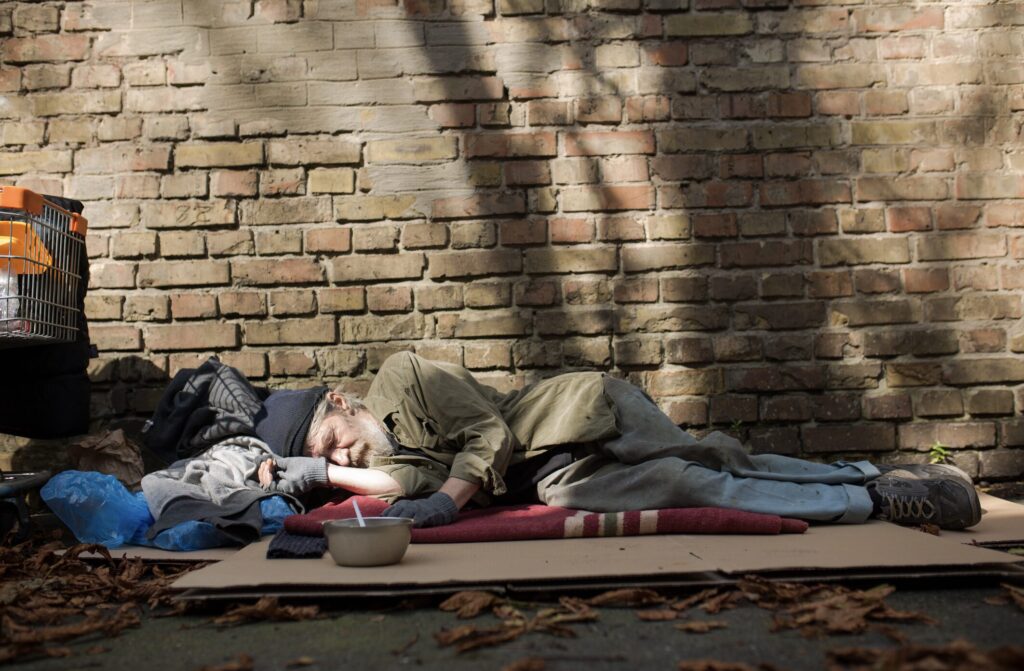Historic rock bottom: More people experiencing homelessness for the first time
(The Center Square) – More people than ever reported experiencing homelessness for the first time across the country, increasing 23% from 2019-2023, according to a new report.
In 2023, almost…

(The Center Square) – More people than ever reported experiencing homelessness for the first time across the country, increasing 23% from 2019-2023, according to a new report.
In 2023, almost one million people (970,806 people) experienced homelessness for the first time, which was the most ever recorded since it was tracked in 2007, according to “State of Homelessness: 2024 Edition” report from the National Alliance to End Homelessness.
The pandemic exacerbated several issues, with homelessness being among them. The report found that the “nationwide affordable housing crisis” is continuing to escalate, with overall homelessness, unsheltered homelessness, and chronic homelessness increasing every year.
Other cities have also noted the pandemic’s impact on people being homeless for the first time. For example, in Denver, the 2021 Point-in-Time count showed a 99% increase in those experiencing homelessness for the first time or those who identified as newly homeless, according to a separate study from the Metro Denver Homeless Initiative (MDHI).
In 2023, cities across the U.S. saw a record-high number of homeless, with a reported 653,104 people experiencing homelessness on a single night in January. That’s a 12.1% increase of roughly 70,650 people since 2022, according to the 2024 State of Homelessness report.
Nearly half a million people were homeless across the U.S. on a single night in January 2023. While homelessness numbers have continued to rise, data shows homeless response systems are unable to keep up with demands. This is according to a report released by The National Alliance to End Homelessness, a nonprofit, non-partisan organization that focuses on preventing and ending homelessness throughout the country.
When the COVID-19 pandemic hit, shelters, to reduce the spread of the virus, increased physical distancing by reducing the number of beds available to individuals, leading to the increase in emergency shelters. According to the 2023 Annual Homelessness Assessment Report (AHAR), in March 2020, $4 billion was appropriated by Congress to the Emergency Solutions Grants-Coronavirus (ESG-CV), followed by $1.1 billion in American Rescue Plan Act (ARPA) in March 2021.
As more individuals are housed, the number of people becoming homeless is greater. The report shows the number of unsheltered people grew slower than those who were sheltered, but the number of people living unsheltered in 2023 hit another record of 256,610, or 39.3%.
The U.S. Department of Housing and Urban Development considers people unsheltered if they sleep in a place not used for regular sleeping accommodations.
The report further details that the increase in homelessness would have been higher without the financial support from congressional investments during COVID-19 and into 2023 while citing the need for sustained and expanded investments because, without them, homelessness will continue to increase.
The report states the nationwide shortage of affordable housing is the drive behind homelessness while rent is too high and income is too low.



